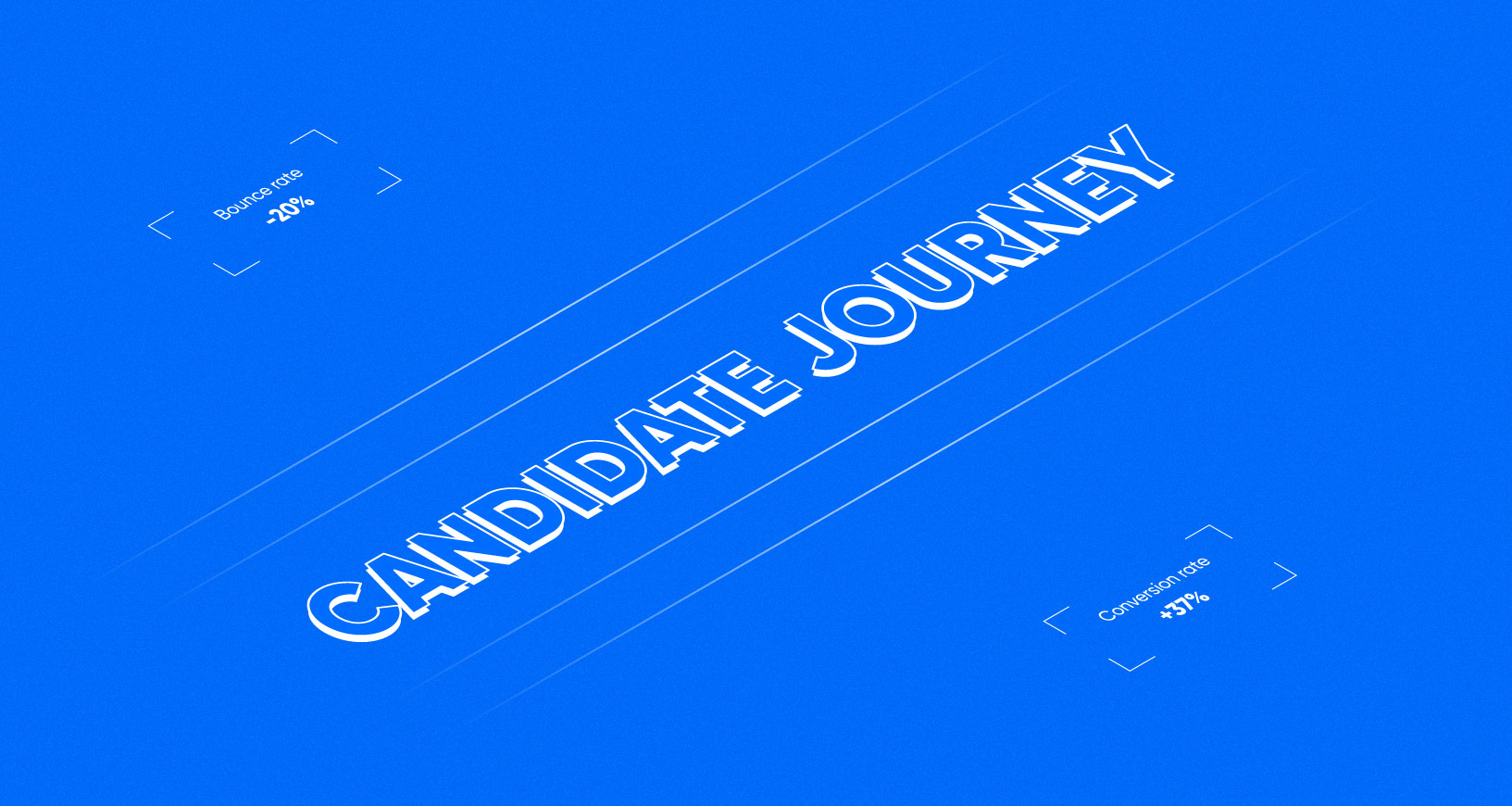Every little helps. This was the guiding principle for Tesco’s famous advertising campaign that turned the British retailer into a market leader. But the idea of how small things add up to make a big difference rings true – and not just when it comes to customer journeys. If you look at candidate experience as a sequence of interactions with your company, even small gestures can go a long way – especially in the context of a global pandemic.
In fact, the way companies respond during these trying times will define their brand for decades, explains Mark Cuban in a CNBC interview. At the same time, a company’s reputation isn’t solely defined by what they’re currently doing – it can also be defined by what they aren’t doing. Because the truth is – what we fail to observe can sometimes batter the strategy of any great talent acquisition team.
You have the power to change that. Here’s how you can improve candidate experiences by tweaking your recruitment marketing strategy in a few key areas.
Stay open to changes in screening methods
One aspect recruiters agree on is that candidates today are dealing with more job screening methods than in the past. Now, with a far greater number of people applying for jobs, it’s even more important to review and optimize these processes. Here are three ways to doing that:
1. Eliminate impeding touch-points
As a way to work around this challenge, some companies have decided to cut certain steps from the hiring process. ”We had to break away from some of our standards”, explains Eoin Byrne, chief human resource office at Lidl U.S. Operations. To speed up the screening process, the company is allowing new hires to start work before their background check is being processed.
Other companies have chosen to reduce employee screening from days to hours by dropping requirements to present documentation in person.
2. Conduct job auditions
As for the interviewing process itself, Ron Friedman, psychologist and author of The Best Place To Work developed an interesting hypothesis. He suggests that companies should disrupt the standard interviewing process and replace it with "job auditions". This means developing a job-related assignment for candidates instead of relying on general introductory questions.
3. Run online team interviews
Another practical way to run interviews given the current context is through online team calls. These might seem intimidating at first, but they can reveal a great deal about culture fit. In the same way, it gives candidates the chance to meet key people they’ll be working with. This step is crucial because as Forbes points out, 46% of new employees fail within the first 18 months in the new job. Of these, 89% do so because they lack soft skills, such as professionalism or the ability to get along with others.
For these reasons, team interviews will save everyone’s time, and the more honesty you bring to these interactions, the better it will serve you in the long run.
Set the building blocks of a talent community
Communities of talent are digital networks that help companies maintain a relationship with potential hires, even when current circumstances prevent them from hiring.
"If you have strong candidate pools and relationships established, it'll give you a leg up on hiring", says Rachel Ward, Recruiting Manager at Orion Novotus. So, instead of losing prospects, talent communities will keep them in your circle. By the time a role opens up or your company exits the hiring freeze stage, you’ll have a shortlist of candidates who are looking forward to your updates.
At a first glance, it might seem that such a community is far from a simple tweak in your recruitment marketing strategy. Surprisingly though, it starts with something small. And even with something you already have - candidates who applied to your openings in the past, but haven’t been employed with your company yet. In this case, you can broach the subject by informing them how your company was impressed with their skills and that you’d like to keep them posted with future openings.
But that’s just one way to attract talent in your community. You can also promote it across advertising campaigns targeting potential candidates with particular skill sets. Once these ads have gone live, take a look at user engagement and traffic sources to see how well they’re performing. Some key questions worth considering are:
- Where are candidate applications coming from?
- How long do users stay on your community page?
- Which locations bring the most conversions?
As an example, Google Analytics is a highly convenient tool to collect such insights, particularly across conversions. You’ll find that tracking results is immensely gainful, because ultimately, what you don’t measure you can’t improve. This brings us to another step that will help you foster a better experience for future employees.
Use the power of data to reduce noise and communicate what matters
The secret to a well-established pool of talent goes beyond simply adding people in your network. It involves ongoing, strategic communication that towers above noise around your employer brand. Nurture campaigns can facilitate this process, as they help you stay in touch with community members with sequence emails or text messages. But these are most efficient when the content brings value to others, meaning:
- The jobs you recommend fit the current interests of your candidates
- You avoid call to actions that are only convenient for you, and not as much for your readers
- Email sequences are spaced out to prevent cluttering the inbox of your audience
- Your message isn’t about making an instant hire, but to genuinely help community members
Every bit of the above information can be summed up into one simple word - data. There are options for nurturing tools that can give you powerful bits of data about user interaction. They can range from simple metrics such as email opens and clicks, to how well your long-term email campaigns are performing across different audiences. The more data you consider, the more accurate your insights will be. By the same token, you’ll be able to paint a more realistic picture of what your audience really wants - hence, it will guide you to create the right message for the right people.
To scale this at a company level, stay open to what automation has to offer. After all, “The current climate has forced many companies to step up their use of new technologies” says Aman Brar, CEO of talent recruitment platform Jobvite. So, whether you’re in a position to hire new talent or not, it’s definitely good timing to consider how technology can change candidate experiences for the better.
In the end, how your company tackles hiring in the current climate will have long-lasting effects on your relationship with candidates. But with every little effort, your employer brand will only grow stronger.







